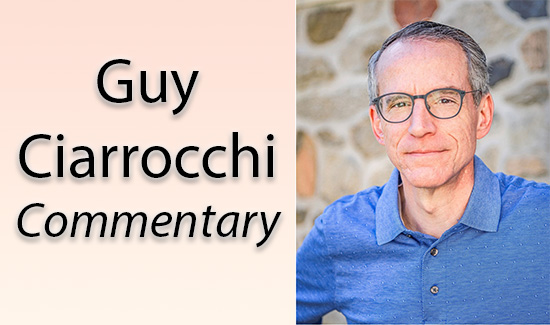Disparities & Irrationalities in PA State School Funding

The canard of the government-union educratic establishment long has been that more state dollars spent on public education yield better academic results.
But an exhaustive analysis of Pennsylvania school funding data, by district and through the 2016-17 school year, shows no positive correlation between the level of combined state and local district revenue and academic achievement, says Jake Haulk, president-emeritus of the Allegheny Institute for Public Policy.
“Indeed, for the 49 districts receiving above $9,500 per student in state revenue (the state funds average for all districts was $6,578) and having total state and local revenues above the state average of $16,372, higher combined state and local revenue is associated with lower state academic ranking,” says Haulk (in Policy Brief Vol. 19, No. 12).
Additionally, further analysis of this group of districts also finds that higher state funding per student is not positively related to better school achievement as indicated by district rankings that are driven by state exam scores.
State funding for the commonwealth’s 499 districts ranges from a low of $3,018 to a high of $17,741. Of the total, 287 districts received above average funding with 138 of those receiving more than $9,500.
Meanwhile, 212 districts received $6,500 or less with 46 receiving under $4,000 and 12 less than $3,500. The lowest state-funded district received 17 percent as much funding as the highest and less than half the state average.
“As expected, based on preliminary examination, in-depth analysis of combined data for the high-spending districts and districts spending $15,000 or less (per student) with under $7,000 in state revenue show a marked negative relationship between the level of (state) revenue and achievement,” says Haulk, a Ph.D. economist and senior advisor to the Pittsburgh think tank. “That is to say that higher revenue is associated with worse achievement.”
Note that Peters Township was No. 1 in the state academic ranking but had revenue of only $14,831 per student with just $3,608 from the state.
Meanwhile, revenue for the Duquesne School District was $20,000 per student with $17,741 from the state. Yet it ranked 589th or 14th worst academically among the 603 districts and charter schools that were ranked. Wilkinsburg had state and local revenue of $25,553 per student ($13,134 of that from the state) but ranked 542nd.
Then there’s the Pittsburgh public school district. It had revenue of+ $22,603 per student in state and local revenues ($10,475 of that from the state) yet ranked 471st academically.
“How can the state send so much money to some districts and get so little in return in academic achievement?” Haulk asks. “Is there no mechanism for accountability?”
As tragic as that is, there’s a bizarre side to this funding matter – the “hold-harmless provision” that for decades has kept state funding growing in districts with declining enrollment. That allows per-student funding to rise if such schools maintain local support at the same or a bit higher level, thus short-changing districts that have not had enrollment declines or have seen enrollments rise.
“(W)hat a perverse incentive,” Haulk notes: “Just lose enrollment and get more money per student from the state to pay employees more and start programs and hire all sorts of professionals.”
And talk about a vicious cycle. The additional money has done little to improve dreadful education outcomes that likely have helped to fuel those declining enrollments.
“In simplest terms, hold-harmless funding must end,” Haulk says. “It has made matters worse, education is not improving and it is unconsciously unfair to other districts that could actually put the money to better use.
“Or if they cannot put it to better use, cut the education budget,” Haulk adds. “The taxpayers could use a break.”
Colin McNickle is communications and marketing director at the Allegheny Institute for Public Policy ([email protected])




